Rodents
House Mouse
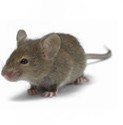
A mouse (plural: mice) is a small mammal belonging to the order of rodents, characteristically having a pointed snout, small rounded ears, and a long naked or almost hairless tail. The best known mouse species is the common house mouse (Mus musculus). In some places, certain kinds of field mice are also common. They are known to invade buildings for food and occasionally shelter.
Mice cause structural damage and spread diseases such as salmonella and e- coli.
Their presence presents a significant risk to human health and they should not be tolerated in situations where they could come into contact with humans.
The Brown Rat
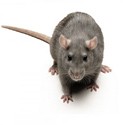
In the UK the most common species are the brown rat,(Rattus norvegicus)
Also known as the common rat, the Norway rat and the sewer rat, brown rats are opportunistic survivors and often live with and near humans; therefore, they are known as commensal rodents.
Rats can carry many different zoonotic pathogens, such as leptospirosis, Weils disease, toxoplasmosis and Campylobacter.
Brown rats also carry and can transmit to humans the pathogens responsible for e-coli, and salmonella.
Other zoonotic diseases linked to pest rodents include classical swine fever and foot-and-mouth disease.
Brown rats can cause substantial damage to property and general building fabric with their constant gnawing.
Damage to electrical cables by rats is believed to be the cause of a large percentage of both domestic and industrial fires.
Their presence presents a significant risk to human health and they should not be tolerated in situations where they could come into contact with humans.
The Black Rat
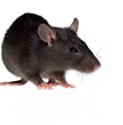
Also known as the ship rat and roof rat, the Black rat was thought to be extinct in the wild in the UK.
More recently, small populations have been identified around major ports, living wild in docks and warehouses. It is widely believed these populations originated abroad and were brought to the UK as stowaways on ships containing foodstuffs.
The Black Death or plague is traditionally believed to have been caused by the micro-organism Yersinia pestis, carried by the Black rat flea (Xenopsylla cheopis) which preyed on black rats, living in European cities during the epidemic outbreaks of the Middle Ages; these rats were used as transport hosts
Their presence presents a significant risk to human health and they should not be tolerated in situations where they could come into contact with humans.
Grey Squirrels
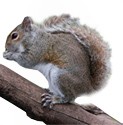
A prolific and adaptable species, the eastern grey squirrel has been introduced to, and thrives in, Britain, where it has spread across the country and has largely displaced the native red squirrel, Sciurus vulgaris
They may nest in the attic or exterior walls of a house, where they may be regarded as pests, and as fire hazards due to their habit of gnawing on electrical cables.
They are usually removed by trapping.
Rabbits
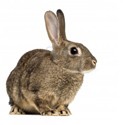
Rabbits have been a source of environmental problems since they were introduced into the wild by humans. As a result of their appetites, and the rate at which they breed, feral rabbit depredation can be problematic for agriculture. Gassing, barriers (fences), shooting, snaring, and ferreting have been used to control rabbit populations,





